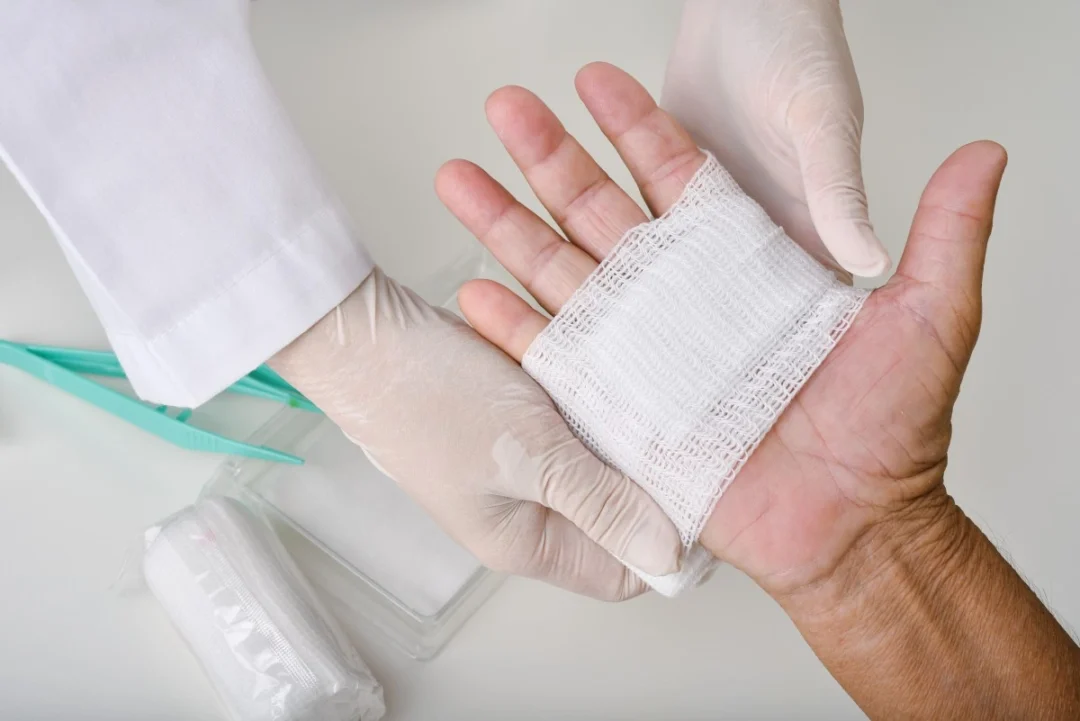TERAPI SELULAR

Hubungi kami hari ini untuk membuat temujanji
Dapatkan pemeriksaan dan rawatan dalam masa 14 hari
Untuk merawat kanser darah

Meningkatkan risiko untuk mengalami penyakit dan masalah kesihatan.
Terapi selular, juga dikenali sebagai terapi sel, ialah satu jenis rawatan perubatan di mana sel hidup diberikan, ditanam, atau dipindahkan ke dalam pesakit untuk membaiki atau menggantikan tisu yang rosak, merawat penyakit, atau meningkatkan kesihatan.

Meningkatkan risiko untuk mengalami penyakit dan masalah kesihatan.
Terapi selular, juga dikenali sebagai terapi sel, ialah satu jenis rawatan perubatan di mana sel hidup diberikan, ditanam, atau dipindahkan ke dalam pesakit untuk membaiki atau menggantikan tisu yang rosak, merawat penyakit, atau meningkatkan kesihatan.
Sel Induk Hematopoietik (SIH), yang ditemui dalam darah tali pusat, sumsum tulang, dan darah periferal, adalah sel multipoten yang boleh berkembang menjadi pelbagai komponen darah seperti sel darah merah, sel darah putih, dan platelet.
Sel Induk Mesenkimal (SIM), yang ditemui dalam Wharton’s Jelly, sumsum tulang, tisu lemak, dan pulpa gigi, adalah sel induk multipoten yang mampu berkembang menjadi pelbagai jenis sel dan tisu, termasuk tulang, jantung, saraf, kornea, lemak, dan tulang rawan.

Sel Induk Hematopoietik (SIH), yang ditemui dalam darah tali pusat, sumsum tulang, dan darah periferal, adalah sel multipoten yang boleh berkembang menjadi pelbagai komponen darah seperti sel darah merah, sel darah putih, dan platelet.
Sel Induk Mesenkimal (SIM), yang ditemui dalam Wharton’s Jelly, sumsum tulang, tisu lemak, dan pulpa gigi, adalah sel induk multipoten yang mampu berkembang menjadi pelbagai jenis sel dan tisu, termasuk tulang, jantung, saraf, kornea, lemak, dan tulang rawan.

Sel-sel ini mengenal pasti antigen pada permukaan bakteria, virus, dan penceroboh berbahaya lain, serta menyingkirkannya dengan cepat. Proses ini dikenali sebagai imuniti semula jadi dan berfungsi sebagai barisan pertahanan pertama badan.
Lymphocytes are cells that defend against invaders by producing specific proteins called antibodies, which recognize and target particular antigens. This response is known as acquired immunity and represents the body’s second line of defense.

Sel-sel ini mengenal pasti antigen pada permukaan bakteria, virus, dan penceroboh berbahaya lain, serta menyingkirkannya dengan cepat. Proses ini dikenali sebagai imuniti semula jadi dan berfungsi sebagai barisan pertahanan pertama badan.
Lymphocytes are cells that defend against invaders by producing specific proteins called antibodies, which recognize and target particular antigens. This response is known as acquired immunity and represents the body’s second line of defense.














Komitmen Advanced Aesthetics Specialist dalam memberikan tahap tertinggi rawatan kanser yang maju merangkumi pendekatan pelbagai aspek yang berasaskan kepada apa yang kami panggil sebagai empat tonggak rawatan kanser.
Lihat semua doktor >